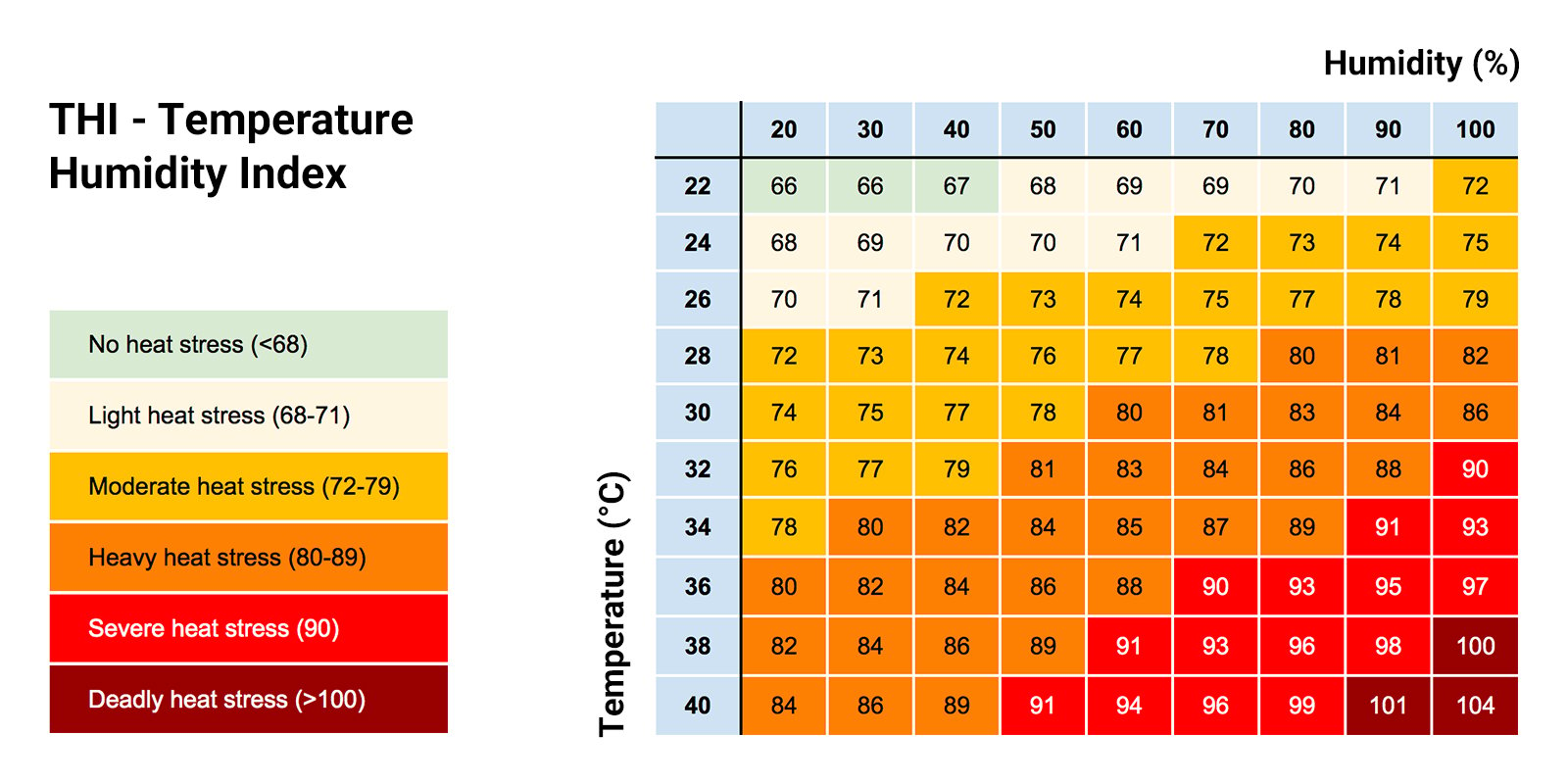The importance of managing cows properly during the transition period is well documented, as too is the importance of ensuring dry cows receive a suitable and relevant ration in the period immediately prior to calving. But how do you best manage cows during this critical phase in their reproductive cycle and how do you set realistic health and production goals for freshly calved cows? In this blog we provide some advice and insights to enable you to optimise the transition period for your herd.
Cows produce a lot of heat during ruminal fermentation, digestion and metabolism of nutrients. This heat must be dissipated so that internal body temperature remains about constant. There are several mechanisms that the cow uses to dissipate heat, including conduction (direct contact with cold objects), evaporative cooling (sweating, panting) and convection (heat dissipates into the surrounding moving air). The efficiency of all these mechanisms gets compromised under high external temperature and humidity, and consequently internal body temperature starts to rise. Climate conditions have become a stressor, and the cow will respond with several adaptations (increasing respiration rate, decreasing movement and intake, etc.) which may ultimately compromise cow health and production. The more milk cows make, the greater the metabolic rate, the more heat they produce, and the more heat they must dissipate; that’s why high yielding dairy cows are particularly sensitive to heat stress.
What is the threshold for heat stress to impact on dairy cow productivity? The most common way to predict heat stress is to calculate the Temperature Humidity Index (THI), which accounts for the combined effects of environmental temperature and relative humidity. Dairy cows begin to show signs of heat stress at a THI of 68 or more. An example, a THI of 68 can be encountered when the air temperature is 25ºC and the relative humidity is 10%, or at a temperature of 22ºC and a humidity of 50%. Any increase in either temperature or humidity will cause the impact of heat stress to worsen.
The table below illustrates the impact of temperature and humidity on the severity of heat stress.

Source: National Animal Diseases Information Services
Heat stress can impact on dairy cow productivity in in several ways including reducing feed intake and milk production, and affecting health and reproductive performance. For more information about how heat stress affects cow performance and how to prevent it, please read more here.
Research has shown that heat stressed cows fed OmniGen had a lower body temperature and respiration rate, and maintained a higher feed intake and milk production.
Learn more about how OmniGen can help your cows during heat stress by requesting a heat stress assessment.
Subscribe to our blog updates and receive new blog articles in your mailbox.
